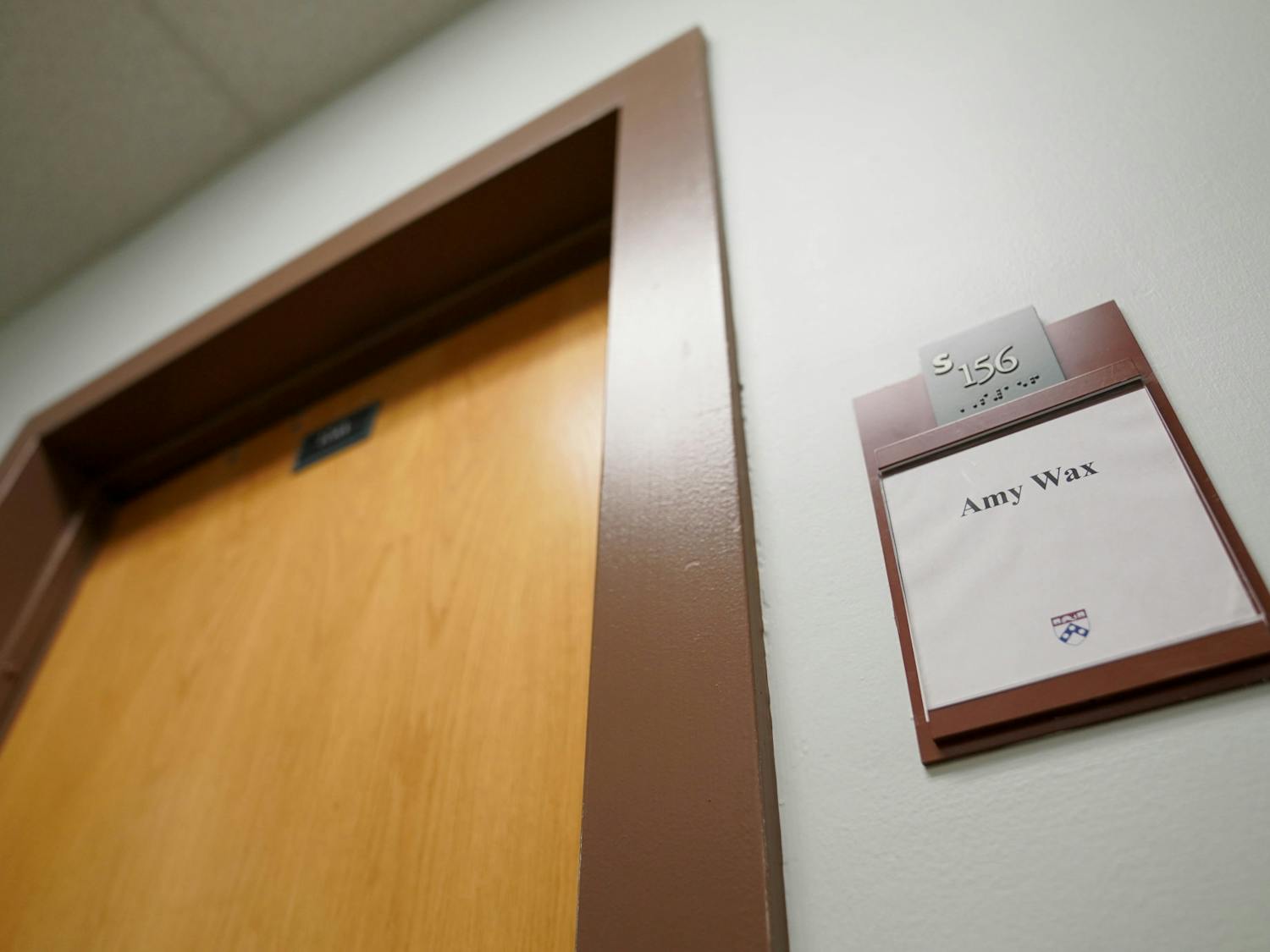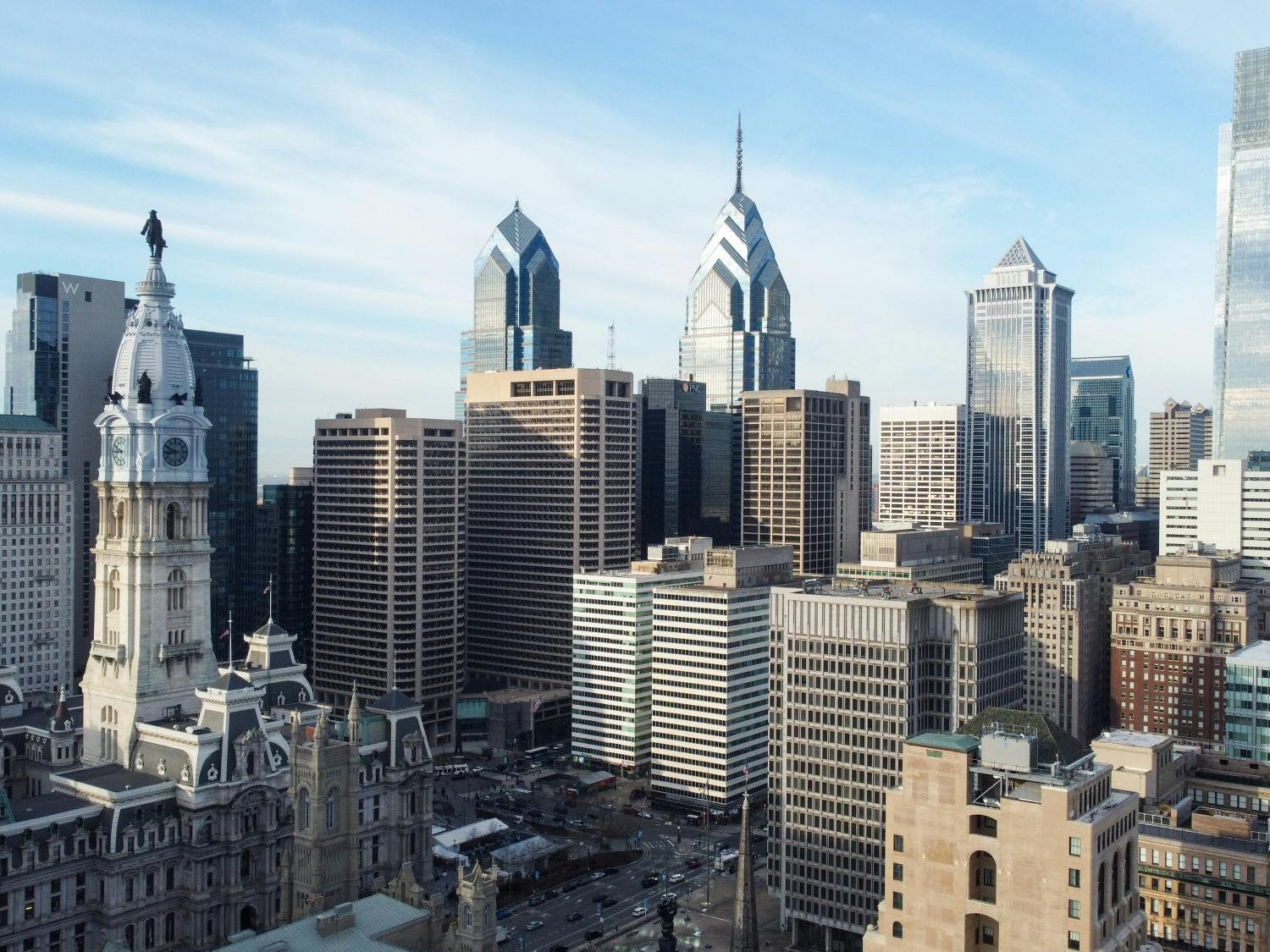The lighting program may expand beyond its original focus on primarily student areas. "Block by block, street by street, house by house" is the motto of the University's UC Brite initiative, which has improved lighting on 56 of the 63 streets in University City's heavily populated student area since last December. But after a summer that Vice President for Government, Community and Public Affairs Carol Scheman described as a crucial period of "exponential growth" for the lighting program, the future of the initiative is uncertain. Phase two of the project -- which has focused mainly on lighting the area extending from 40th to 45th streets between Baltimore Avenue and Chestnut Street -- is scheduled to conclude this month. Yet state energy officials have indicated they want to continue the program until all the streets between 40th and 49th streets and Woodland Avenue and Market Street have been adequately lit. "Since the lighting engenders such a convivial atmosphere, the 1,500 light fixtures we've installed just may not be enough," Pennsylvania Energy Company Consultant Roy David said. Scheman refused to comment on whether the program would continue, saying the University is waiting "to hear from students, faculty and staff in the neighborhood" on lighting conditions before deciding on the program's future. UC Brite aims to place new lights on every house in the area. Residents are required to pay for the replacement lights, but are reimbursed for half of the cost through a fund established by Penn, University City Housing, Campus Apartments, University Enterprises and Allen Klein Properties. Scheman -- who announced the program with University President Judith Rodin last December -- noted that "the initiative used up every single standard fixture in the United States of its kind" and added that the program required the hiring of five additional electric companies to work on installing new lights. She stressed that while the University is "engaged in a serious and comprehensive examination of how far we've gotten with UC Brite," it is "the people's comments that matter" in evaluating the program. While the program's cost has exceeded initial estimates, Scheman said it "has not yet hit six figures," and said the investment "is really worthwhile." University officials offered local landlords a special "March Blitz" deal last March to encourage them to participate in the UC Brite plan. It was previously open only to home-owners. Scheman said the "landlords were fabulous in helping the program," citing their insistence on paying the full cost of replacing lights on their properties, despite the University's offer of splitting the costs. In addition to the security and aesthetic benefits provided by the new lights, David said the lights are more economical to operate. He explained that while operating a 100-watt bulb normally costs $30 per year, the UC Brite fixtures cost only $15 for the same length of time. And he added that a neighborhood resident described her street a "landing strip, like a string of pearls" as a result of the replacement lights, and that the aesthetic pleasure of the lighting caused other residents to throw spontaneous block parties throughout the summer.
The Daily Pennsylvanian is an independent, student-run newspaper. Please consider making a donation to support the coverage that shapes the University. Your generosity ensures a future of strong journalism at Penn.
Donate







